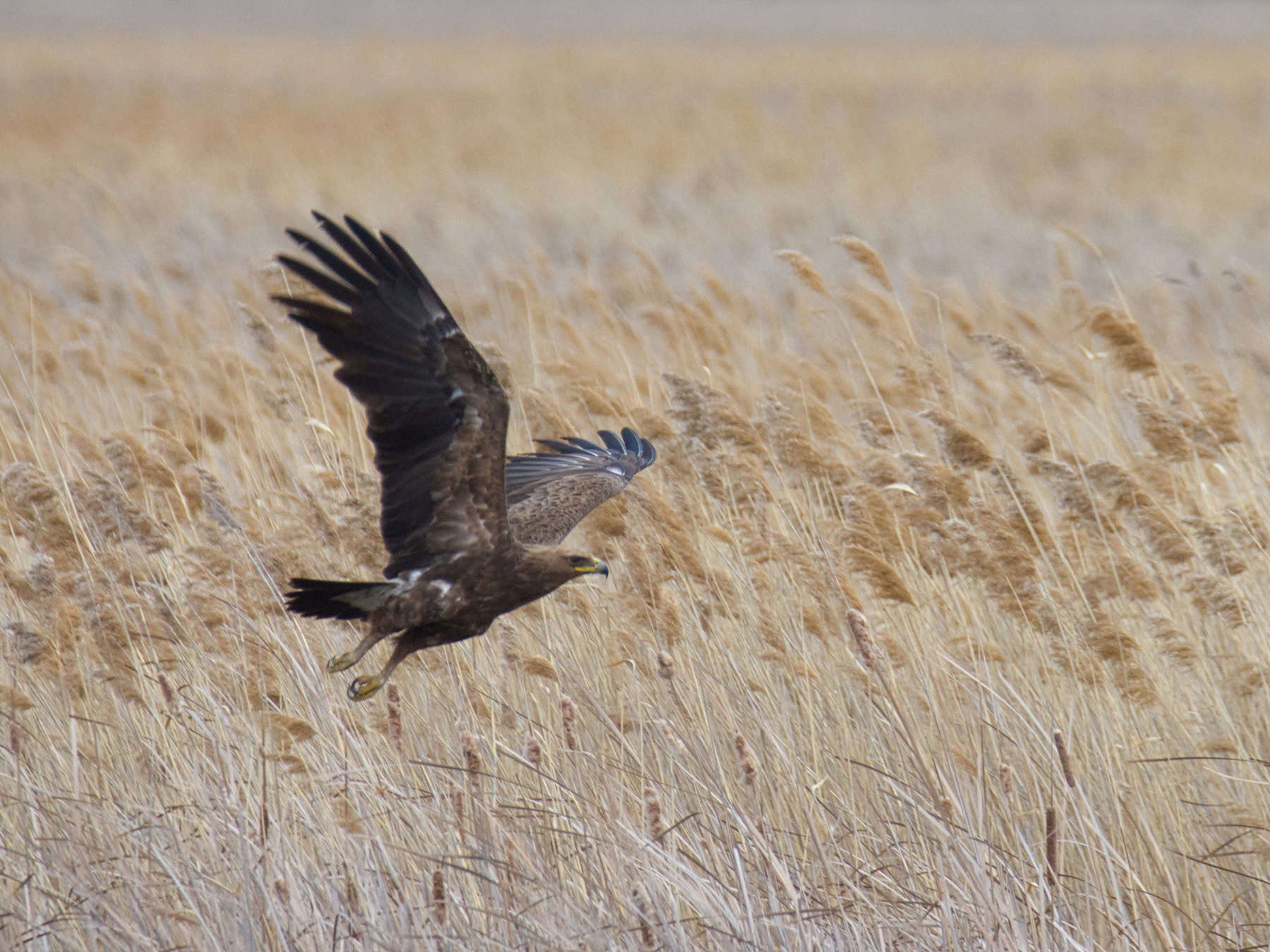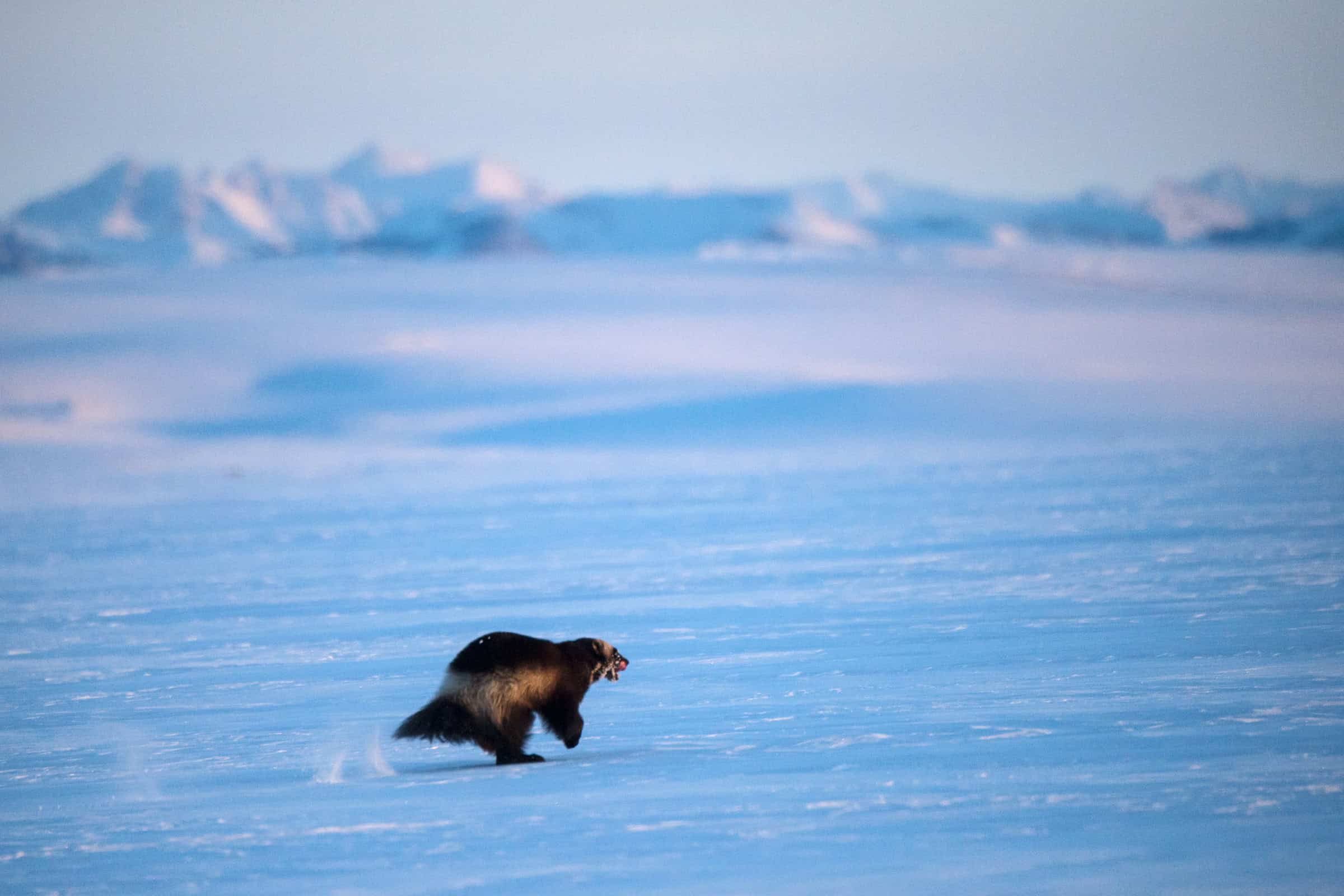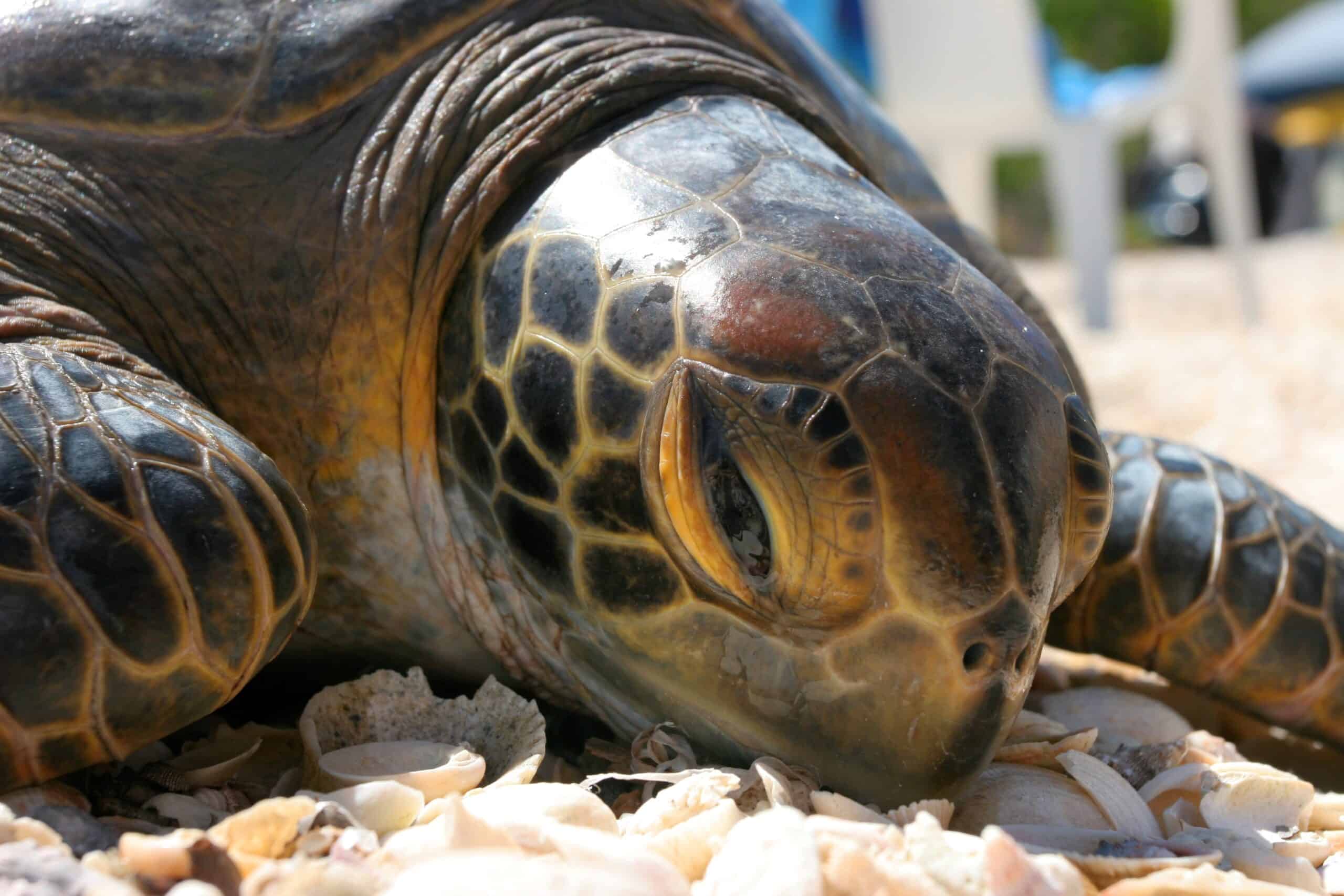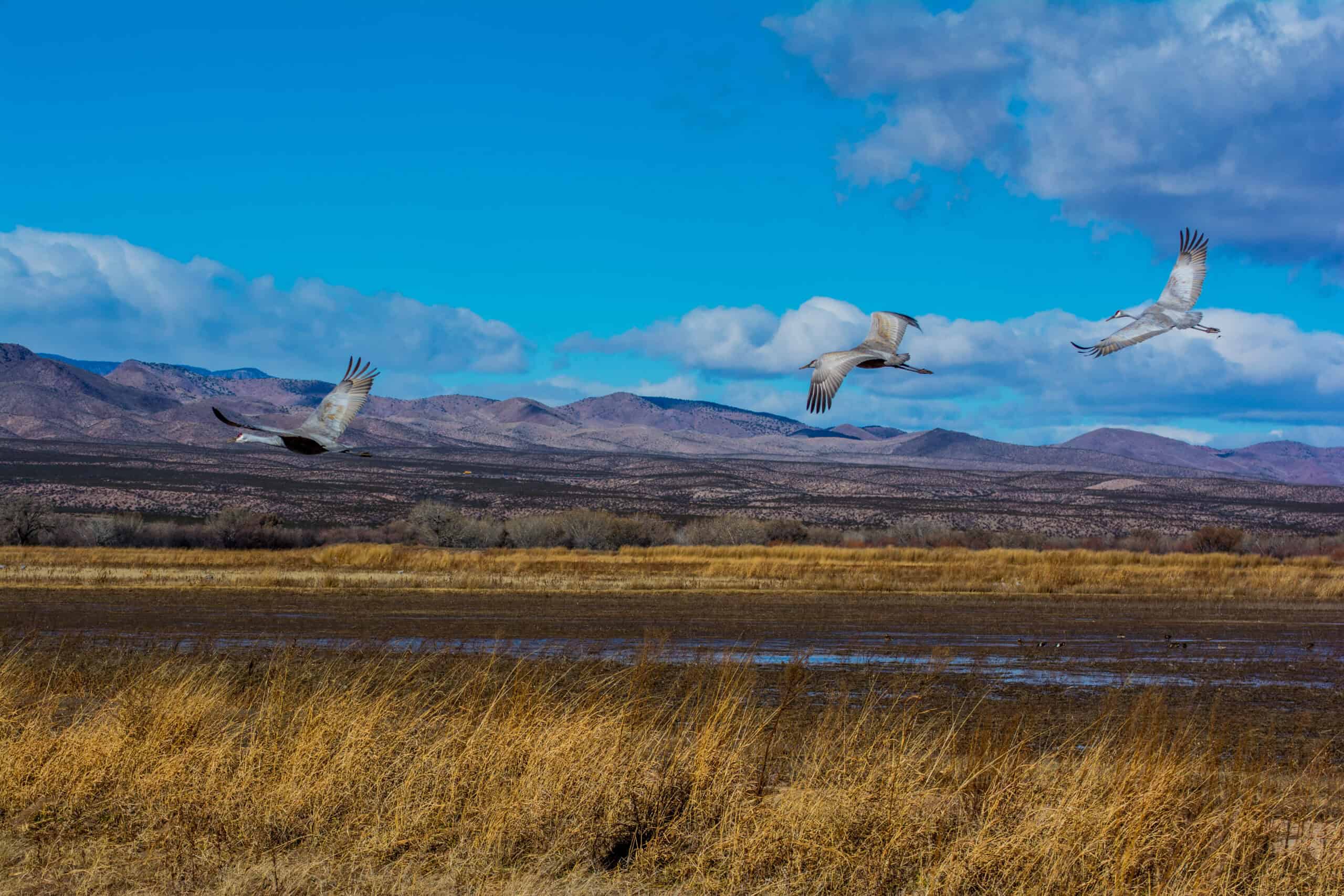Share this article
Wildlife Featured in this article
- Greater spotted eagle
Ukraine war impacts migrating eagles
GPS tags showed greater spotted eagles avoided conflict zones
The war in Ukraine has made an epic eagle migration more perilous, causing the raptors to fly far out of their way to avoid conflict zones and forego stopovers needed to fuel their journey.
A group of researchers had been tracking greater spotted eagle migrations (Clanga clanga) for years when the fighting broke out in Ukraine, allowing the biologists to document for the first time the impact of war on migrating birds.
“None of this was planned,” said Charlie Russell, a PhD student at the University of East Anglia and lead author of the study published today in Current Biology. “We never expected to be following these birds through an active conflict zone on their migration. It was an unexpected journey.”
Researchers from the University of East Anglia, the British Trust for Ornithology and local collaborators in Estonia and Belarus had been tracking the eagles’ movements since 2017. Listed as vulnerable by the International Union for Conservation of Nature, greater spotted eagles have disappeared throughout much of Europe, but Polesia—a biologically rich region of forests and wetlands straddling Belarus and Ukraine—remains a stronghold for the birds.
The eagles the biologists were monitoring fly as much as 5,000 kilometers each spring from wetlands in eastern Africa. Their journey was already becoming more difficult as development paved over ancient forests and wetlands throughout Europe. The researchers hoped that by tracking these raptors, they could identify key areas for conservation and help recover the dwindling populations.
But when Russian forces invaded Ukraine on February 24, 2022, the migrating eagles faced a new set of challenges. By the time the first of the tagged eagles crossed into western Ukraine on March 3, the conflict had reached major cities across the country. In addition to the human toll the war was taking—over 10,000 civilians are believed to have been killed since the war began and tens of thousands more combatants—the biologists were able to track the eagles and see its effect on wildlife.
“We weren’t expecting this to happen,” Russell said. “But when we saw the news break out that the conflict was happening in Ukraine and it was timed around when the eagles would be going through their migration, we watched the GPS data to see where they were and whether it would have any impact.”
In the past, the researchers had looked at to see how weather patterns affected the eagles’ migration. Soon, they found themselves also turning to a database of real-time conflict information to see what impact fighting was having.
Among 18 eagles they were tracking, 15 of them deviated significantly from their migration routes, increasing their 800-kilometer journey across Ukraine by an additional 80 kilometers, on average. One eagle added 250 kilometers to its journey. The eagles also showed a 60% decrease in stopovers they need to feed and rest to finish their migration. While the numbers of eagles they were tracking were relatively few, the impacts were stark.
“In the most extreme cases, it’s like if you were running a marathon but you’re not allowed to take any water breaks,” Russell said, “and at the end someone makes you run an extra eight miles. It’s crazy to think about.”
The eagles are hardly the only wildlife affected by the war in Ukraine. In an article in the January/February issue of The Wildlife Professional, Ukrainian biologists described rescuing bats trapped in bombed-out buildings, newts washed away by the breaching of the Kakhovka Dam and the unknown effects of minefields.
“We will have a lot of work to assess the impact of the war,” Ukrainian biologist Oleksii Marushchak told TWS science writer Joshua Rapp Learn.
“Although all the tracked eagles survived, their arduous journey could have longer-term effects” Russell said. It could make them less fit during the critical breeding period and cause them to arrive to their breeding grounds later, resulting in a phenological mismatch between when they arrive and when their prey is most available.
Yet these eagles may be less affected than populations in eastern Ukraine, where the conflict continues to rage.
Research like this is becoming more difficult in the region, even beyond Ukraine’s borders. In Belarus, wildlife NGOs have shut down and conservationists have been jailed amid accusations of “extremist activity.”
Once the fighting has stopped, Russell said, he hopes studies like this one can help affected wildlife recover. “I think the conflict in Ukraine has certainly raised the profile of thinking about the impacts of conflicts on the environment.”
Header Image: The war in Ukraine has made the migration of some greater spotted eagles perilous. Credit: Konstantin Romanov via iNaturalist








